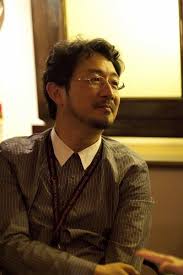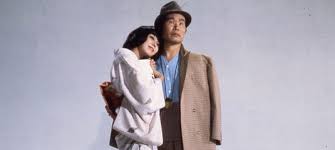many times
Traditional japanese tea ceremony
 Japanese culture has given the world an ideal recipe for estranging from everyday worries and gaining a sense of peace and harmony with the world. A complex, symbolic tea ceremony is subject to fairly simple principles; they connect naturalness and sophistication, unpretentiousness and beauty. The “Way of Tea” – not eating, not gathering with friends – is a form of Buddhist meditation that arose about four centuries ago.
Japanese culture has given the world an ideal recipe for estranging from everyday worries and gaining a sense of peace and harmony with the world. A complex, symbolic tea ceremony is subject to fairly simple principles; they connect naturalness and sophistication, unpretentiousness and beauty. The “Way of Tea” – not eating, not gathering with friends – is a form of Buddhist meditation that arose about four centuries ago.
Ritual history
Like other traditional Japanese practices, the tea ceremony came to the islands of the Land of the Rising Sun from China. The drink itself has been familiar to the Japanese since the 7th century; it is believed Continue reading
ANIMATION OF CELESTIAL COLOR
 In search of explanations of actual reality, social researchers are increasingly turning to the analysis of media products. The history of this interest is closely connected with the development of the ideas of modern Marxists (neo-Marxists), who justified and proved that the media and mass culture, among other functions, contribute to the establishment and maintenance of the ideology of ruling groups.
In search of explanations of actual reality, social researchers are increasingly turning to the analysis of media products. The history of this interest is closely connected with the development of the ideas of modern Marxists (neo-Marxists), who justified and proved that the media and mass culture, among other functions, contribute to the establishment and maintenance of the ideology of ruling groups.
One of the most dynamically developing research areas on this basis is visual research, the focus of which, for more than two decades, has been in cinema, design, television, advertising, including in connection with the analysis of various forms of sexuality presented there. At the same time, animated cinema, which traditionally refers to the sphere of childhood, where the topic of sexuality is not yet relevant, often remains outside the scope of researchers’ attention, which in our Continue reading
MASAHIRO YASUDA AND HIS THEATER “YAMANOTE”
 With this pensive, phlegmatic (as it seemed to me when I first met) man I first met in the summer of 2000, during the Moscow Theater Olympics. Having put Meterlinka’s Blue Bird at his Yamanote Theater in Tokyo, he wanted to talk with one of the Russian theater specialists and find out how Stanislavsky’s performance at the Moscow Art Theater looked like. Translator Yukiko Kase, a very nice girl who graduated from the philological faculty of Moscow State University here in Moscow and defended her dissertation on Gogol’s work, called me and asked for a meeting.
With this pensive, phlegmatic (as it seemed to me when I first met) man I first met in the summer of 2000, during the Moscow Theater Olympics. Having put Meterlinka’s Blue Bird at his Yamanote Theater in Tokyo, he wanted to talk with one of the Russian theater specialists and find out how Stanislavsky’s performance at the Moscow Art Theater looked like. Translator Yukiko Kase, a very nice girl who graduated from the philological faculty of Moscow State University here in Moscow and defended her dissertation on Gogol’s work, called me and asked for a meeting.
The day we spent partly at my home, analyzing the little that we managed to get about the Mkhatov’s “Blue Bird” (sketches of costumes and scenery, photographs, memoirs of the participants), partly in the Kuskovo park, the summer cottage of Count Sheremetyev.
Communication was intense. The percentage of questions Yasud asked was many times greater than the percentage of questions I asked him. Therefore, it will be more accurate to determine the nature of our conversation as his questions and my monologues. And the subjects of interest were such that, when satisfied, they meant global calculations and they Continue reading




